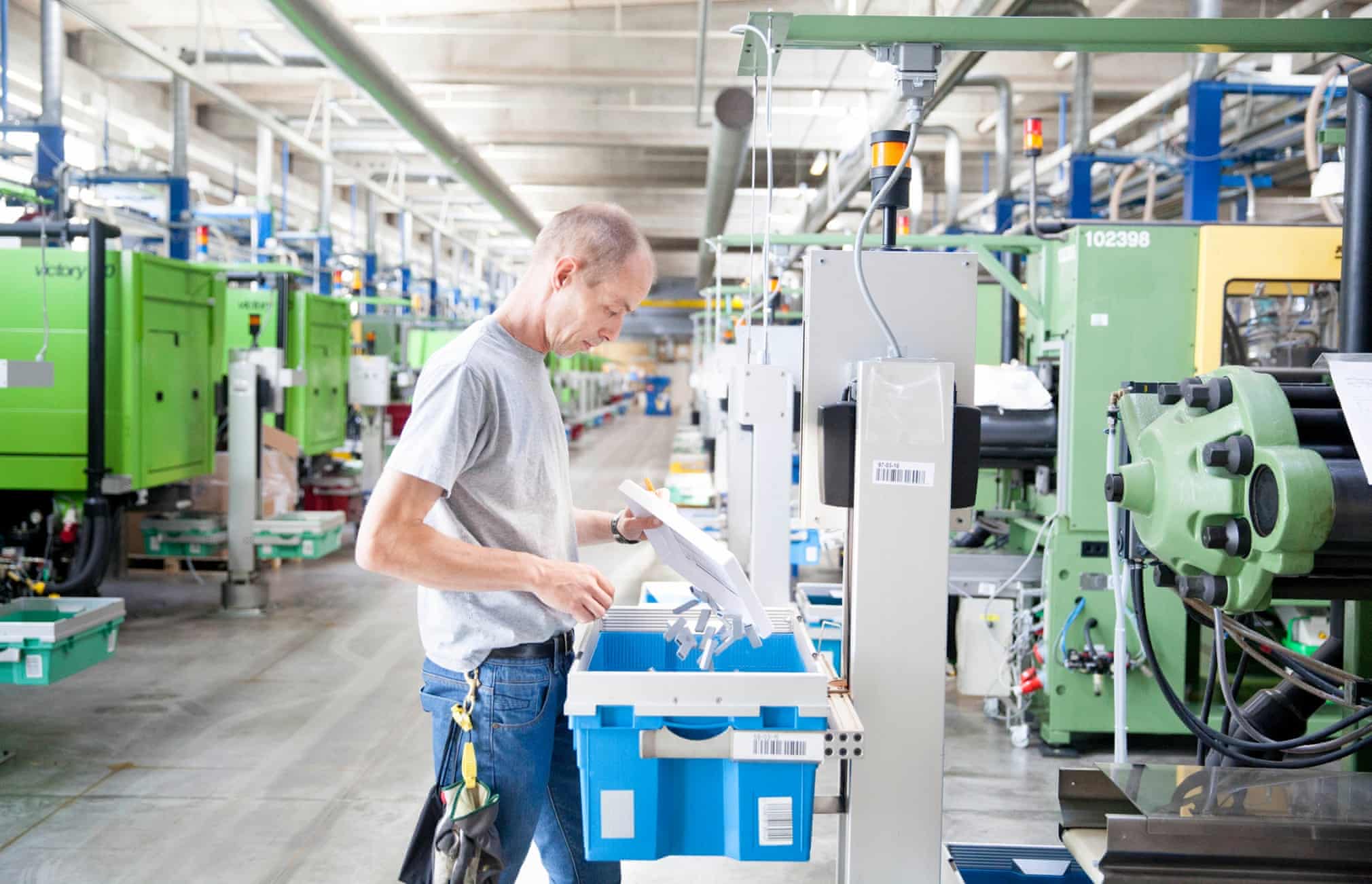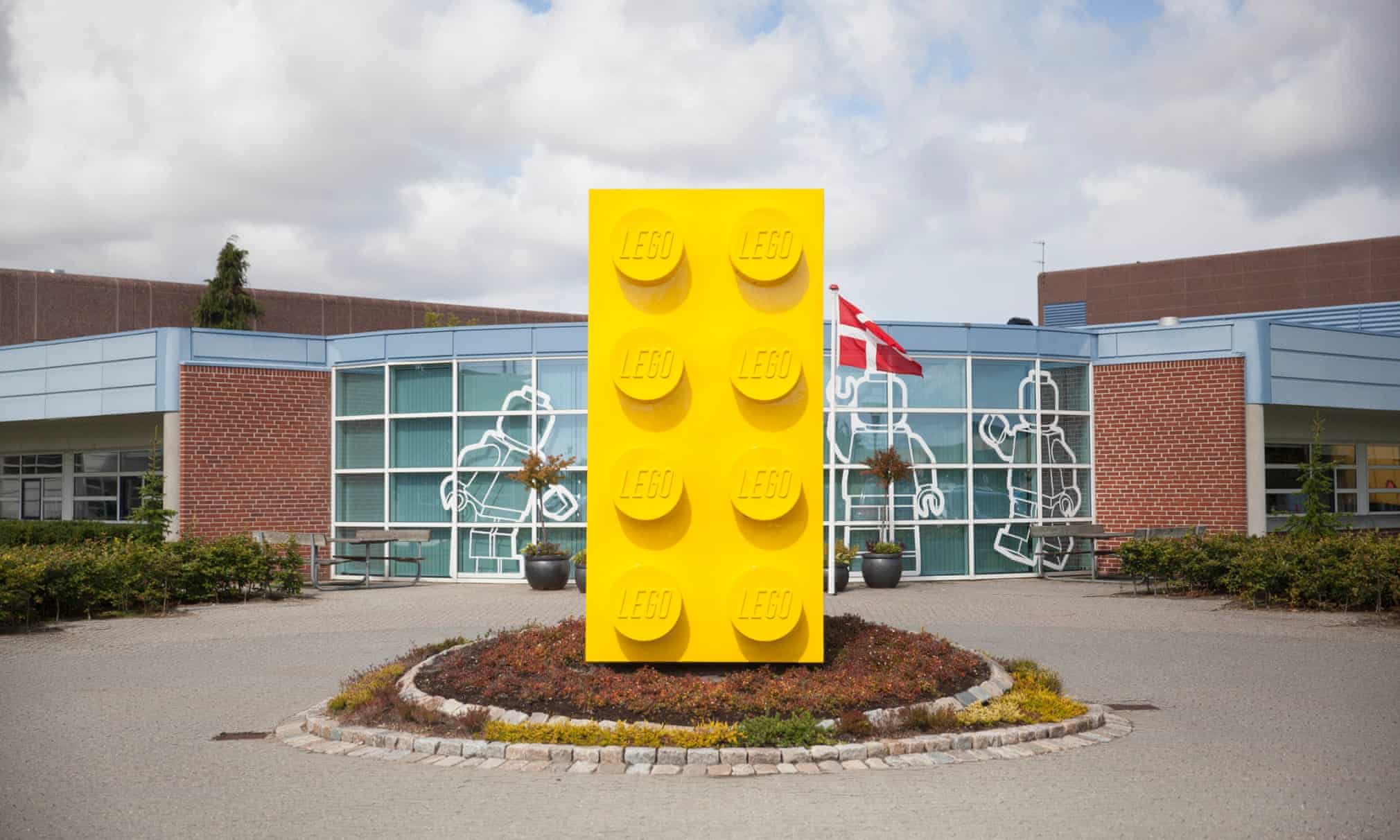Have you ever wondered how a LEGO brick is made? Surely it can't be too hard, right? After all, factories all over the world are producing millions of tiny plastic things everyday, so why would LEGO be any different? Surprisingly, producing one of these pint-sized plastic bricks takes some serious engineering.

Inside a sprawling warehouse complex in Billund, Denmark sits one of the world's most advanced factories and perhaps a glimpse into the future of manufacturing. Zooming and humming with the movement of autonomous robots, the factory floor is much louder than you’d expect for a place absent of chattering humans. These robots scurry around collecting and sorting the LEGO by shape, making sure to reject any mismatched items with stunning accuracy and precision. They’ll deliver each set of parts to the assembler machine where the bricks are sorted and put into boxes.
In order to produce a single LEGO brick, first tiny balls of plastic are melted down and dyed before being injection molded into a brick mold. These brick molds are sometimes used to produce up to 122 million bricks each before being retired (not bad for a $200,000 mold). All together LEGO produces nearly 33,000 bricks every minute and nearly 16 billion bricks a year. Which begs the question, when will the entire world be covered in LEGO?

Part of why the LEGO factory remains so cutting edge is the company's desire for every brick to fit together no matter when or where it was produced. They do this by insuring NASA levels of fault tolerance. For every one million brick only 18 bricks are rejected. If a brick is off by just .0002 millimeters it will be rejected.
With this level of commitment to quality, I'm starting to wonder if we may be able to go to space using a LEGO rocket set! If only they could engineer a way to make them not hurt so much to step on, then we'll really be getting somewhere.

